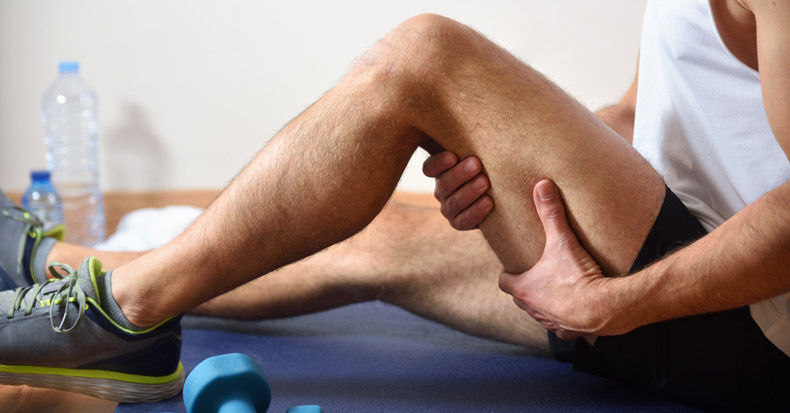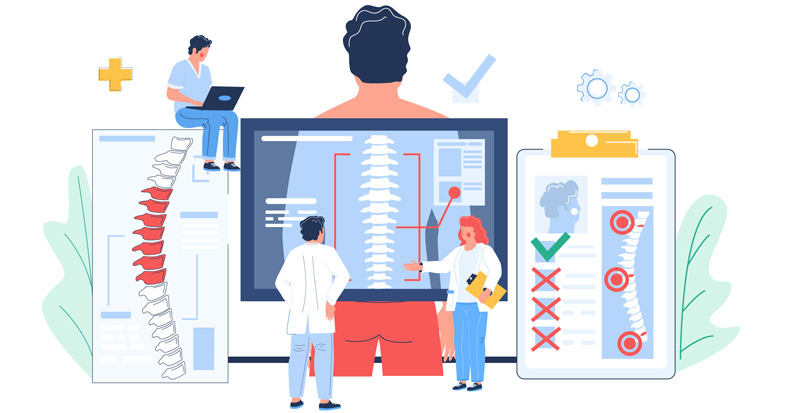The hamstrings consist of four muscles in the back of the thigh and upper leg—the biceps femoris (long and short heads), semitendinosus, and semimembranosus—that connect the ischial tuberosity to the knee area. This collection of muscles performs a variety of functions including bending or flexing the knee joint; extending the hip joint; internal hip rotation; […]
Treatment Options for Tennis Elbow
Lateral epicondylitis, more commonly known as tennis elbow, is a muscle tendon injury located on the thumb-side of the elbow. While the condition can result from a single traumatic event, tennis elbow is typically caused by repetitive motions that involve gripping or extending the wrist that overload the forearm muscles. Initially, the tennis elbow patient […]
Gardening Tips to Avoid Low Back Pain
Low back pain and gardening seem to go hand in hand, especially getting the garden ready after a long sedentary winter! As many people who love gardening know, keeping up with the weeds through the summer can also take its toll on the low back. Let’s take a look at ways to minimize low back […]
Misuse of the Word “Chiropractic”
“Manipulation” and “Chiropractic” are not Synonyms Background Joint Manipulation Joint manipulation is the applying of a force to a joint that helps that joint move better. It is classically associated with an audible sound. All people, trained and untrained, are capable of manipulating joints and eliciting an audible sound. Manipulation is a lay term. It […]
Strategies for Improving Vascular Health
Efficient blood circulation is essential for the health of nearly all bodily functions, including the heart and cardiovascular system, the kidneys, and the brain. If vascular health is compromised, either from endothelial (blood vessel wall) dysfunction or stiffening of the large elastic arteries (such as the aorta and carotid arteries), then the risk for adverse […]
Chronic Whiplash Predictors: Psychosocial vs. Anatomical
Whiplash associated disorders (WAD) is a term used to describe the constellation of signs and symptoms that can arise following the sudden acceleration-deceleration of the head and neck that can occur in automobile collisions, physical trauma (such as sports or assault), or a serious fall. It’s estimated that half of WAD patients will continue to […]
Managing Forward Head Posture
With the rise of smartphones and social media apps that keep users glued to small screens for hours upon hours, forward head posture is becoming more common. Unfortunately, this postural fault can set the stage for neck pain. In fact, it’s estimated that up to 60% of patients with neck pain exhibit forward head posture. […]
Hands-On Care for Shoulder Impingement Syndrome
Shoulder impingement syndrome (SIS) is a very common cause of shoulder pain that affects about half of adults at some point in life. Essentially, the condition describes the pinching of pain-sensitive structures in the shoulder that restricts normal use or function, with raising the shoulder being a very common activity that triggers a painful reaction. […]
The Carpal Tunnel Under Pressure
The carpal tunnel is formed by eight small bones that comprise the top of the tunnel with the transverse carpal ligament serving as the floor. The median nerve, blood vessels, and nine tendons and their sheaths pass through the tunnel. In a healthy individual, there is a constant fluid pressure within the carpal tunnel that […]
Low Back Pain and the Hips and Legs
It’s estimated that 84% of individuals will experience at least one episode of low back pain during their lifetime, with 23% developing chronic low back pain. While dysfunction in the lumbar region is typically thought to be the cause of a patient’s low back pain, there’s a growing body of research suggesting that the underlying […]
- « Previous Page
- 1
- …
- 12
- 13
- 14
- 15
- 16
- …
- 156
- Next Page »









